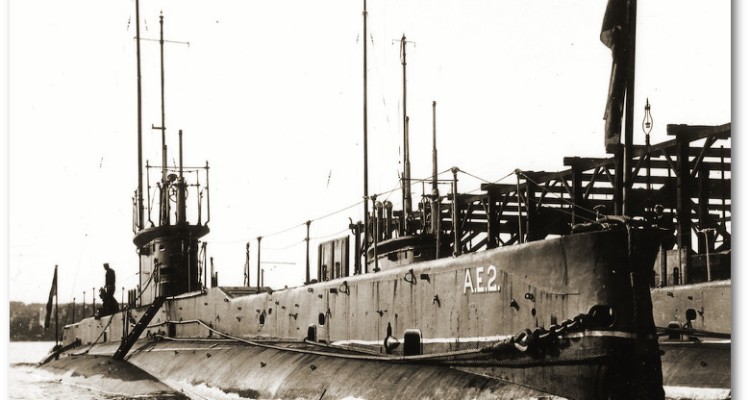
Diary of a Submariner
Able Seaman John Harrison Wheat relished his life onboard one of Australia’s first submarines, the E-class AE2. He signed up with the Royal Navy (Australia) as a 16 year old lad, and was with the AE2 from her launch in June 1913.
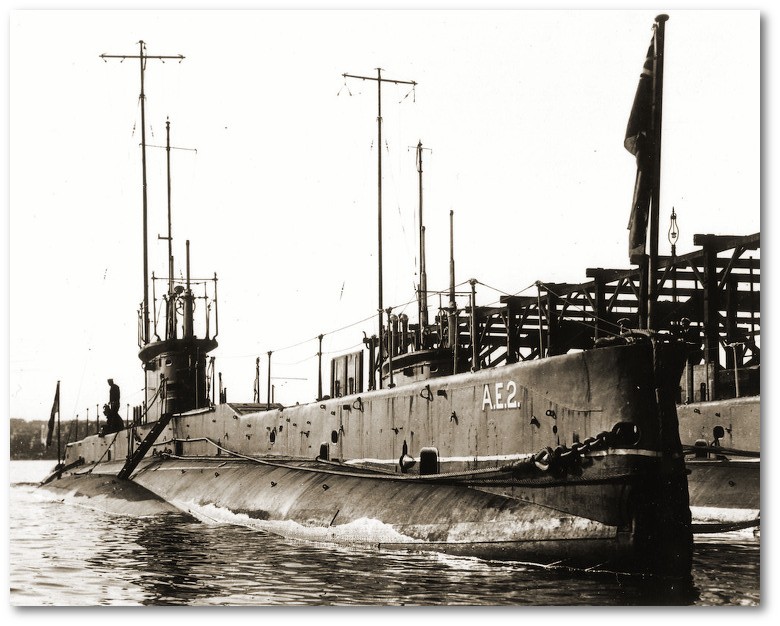
AE2 later joined the British Fleet at the Dardanelles, Turkey, on 25 April 1915. It was sunk in the Sea of Marmora by the Turkish torpedo boat Sultan Hissar off the Gallipoli Peninsula on 30 April. When the sub was sunk he was saddened at its loss, but grateful that no lives were taken, unlike it's sister ship the AE1, which was lost with all hands off the coast of New Guinea on 14 September 1914.
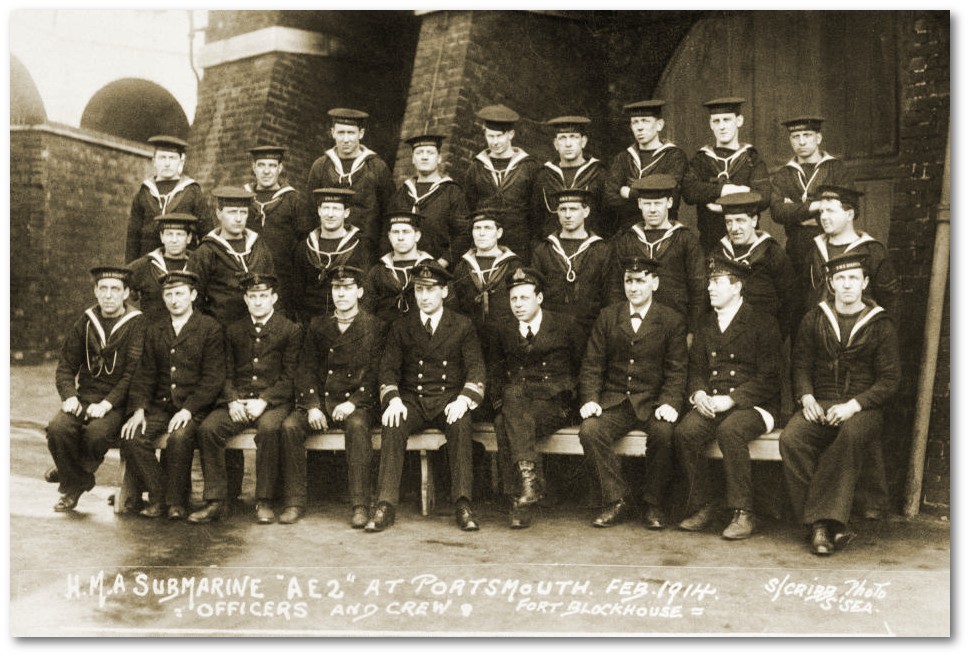
The Turkish navy considered the crew quite a prize, and helped them aboard their torpedo boat, they were transported to Turkey where the crew joined other Australian and allied prisoners who imprisoned for three and a half years, in a variety of military and internment camps. One in four allied prisoners of the Turks in the First World War, were to die.
Initially held at a military barracks in Constantinople, they were taken by train to Afion-kara-hissar where they joined, amongst others, crew members of the English submarine E15 and where they were put to work road making. In July new prisoners arrived including fellow Australian’s captured at Gallipoli, and in late September were again moved, this time to Agora.
The group was desperately short of food and clothing, and many suffered from wounds received whilst serving on Gallipoli. In October they were forced to march further north to a prison in Kiangheri, where they spent a terribly cold winter of 1915.
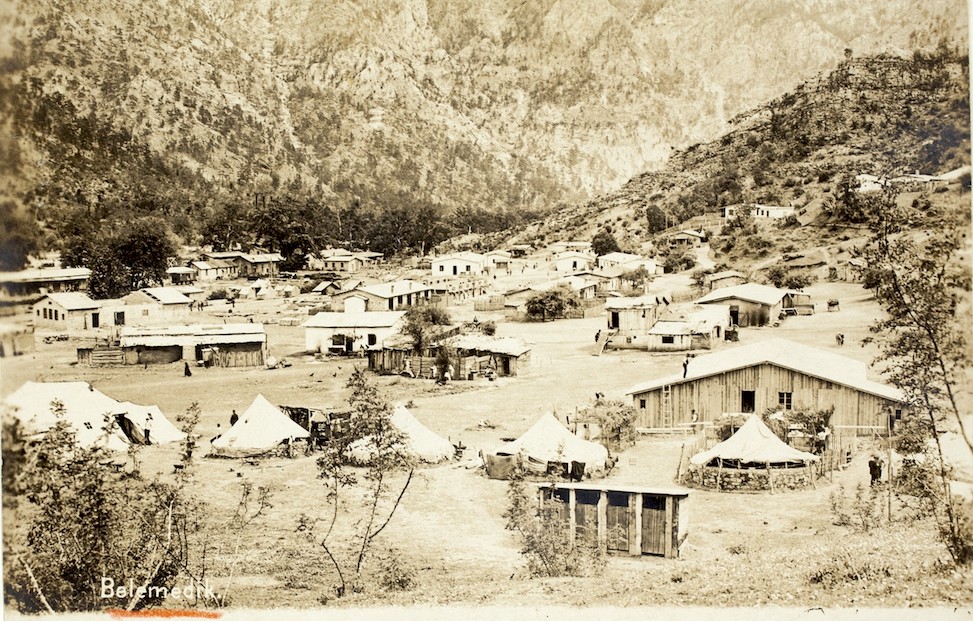
They were returned to Agora in January 1916 and transported to the village of Belemedik, where they were put to work at Hadji-Kiri on the construction of a railway through the Taurus Mountains.
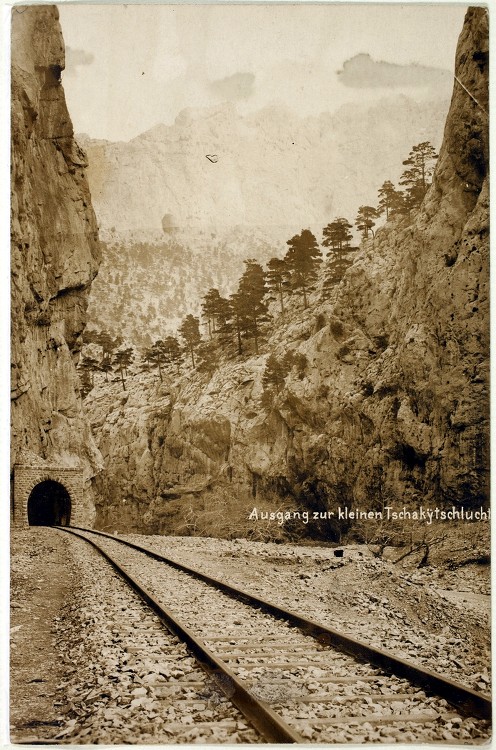
Many of Wheat’s friends died while in captivity, and Wheat, determined to survive, attempted to escape twice from his captors. Caught, he was severely punished, but he managed to keep in contact with several fellow Australian POWs that he had met earlier, including Sergeant Maurice Delpratt, whose collection is held at the State Library of Queensland.
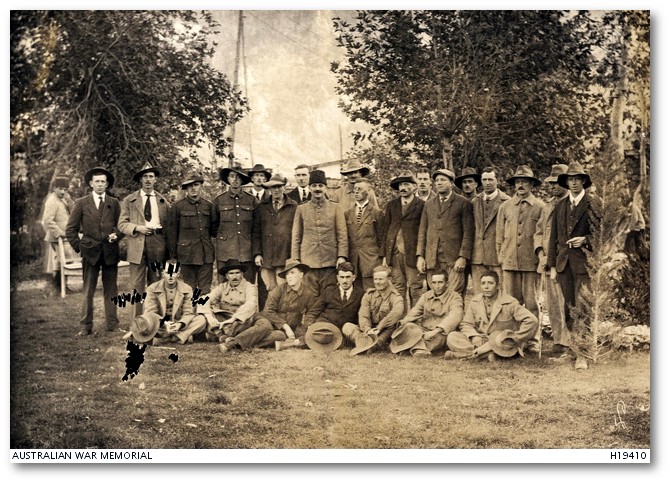
Wheat’s story has survived because he chose to participate in the collecting project established by the Mitchell Library in NSW in 1918. His retrospectively written narrative is also held at the Australian War Memorial, and an extracted version by the State Library of Queensland.
The submarine AE2 has lain for more than 100 years in the depths of the Sea of Marmora. Wheat’s narrative provides us with a clear description of her last days. Rediscovered in 1998, in 2014 an extensive operation was undertaken to view the intact vessel via remote camera.
The extracted version of Wheat’s narrative held by the State Library of Queensland has been transcribed and available via the Library's catalogue.
Further reading ...
- OM64-31/2 John Harrison Wheat Papers, State Library of Queensland
- Australian Soldiers and Sailors Freed From the Turks, Sydney Mail, 9 April 1919, p.10
- Australian War Memorial: Australian Naval Force (ANF) Engagement and Service Records, 1903-1911
- AE2 Commemorative Foundation
- Royal Australian Navy. HMAS AE2
- The Silent Anzac [pdf]
- Wheat war diaries and narratives, February 1914-ca. 1920, State Library of NSW
- John H. Wheat photographs, ca. 1914-1918, State Library of NSW